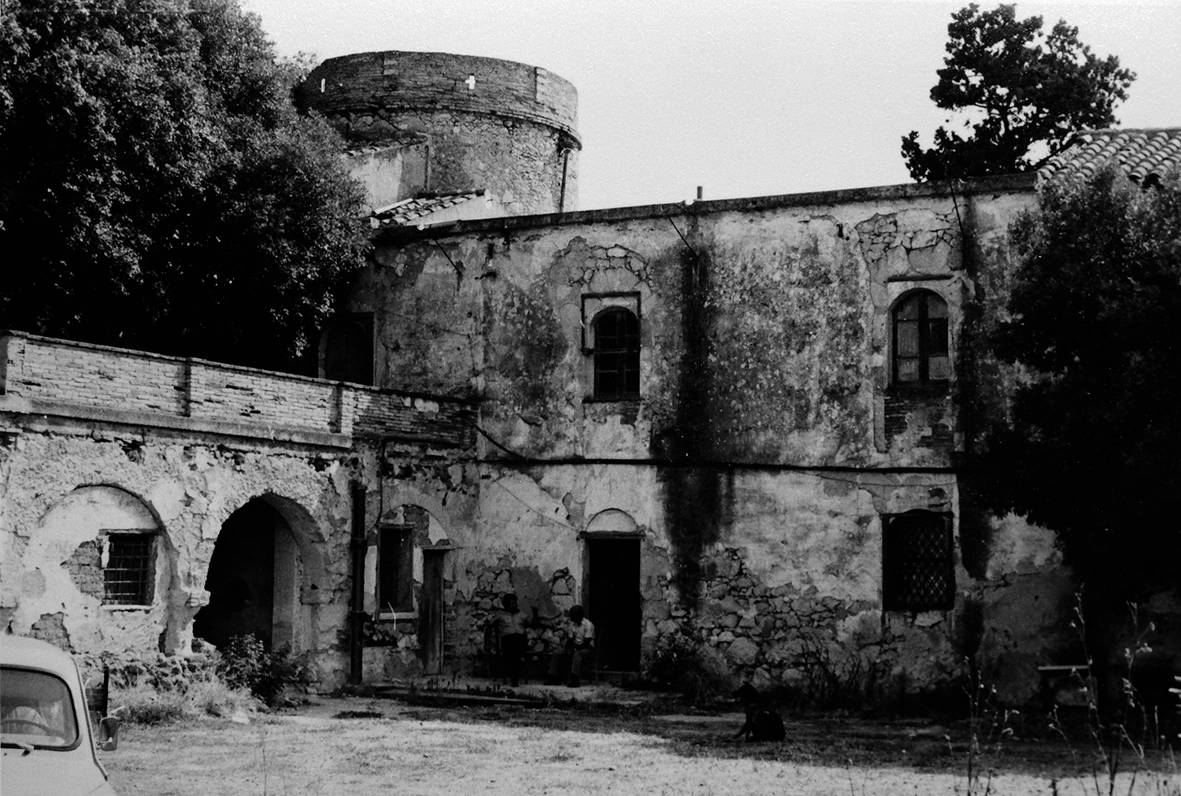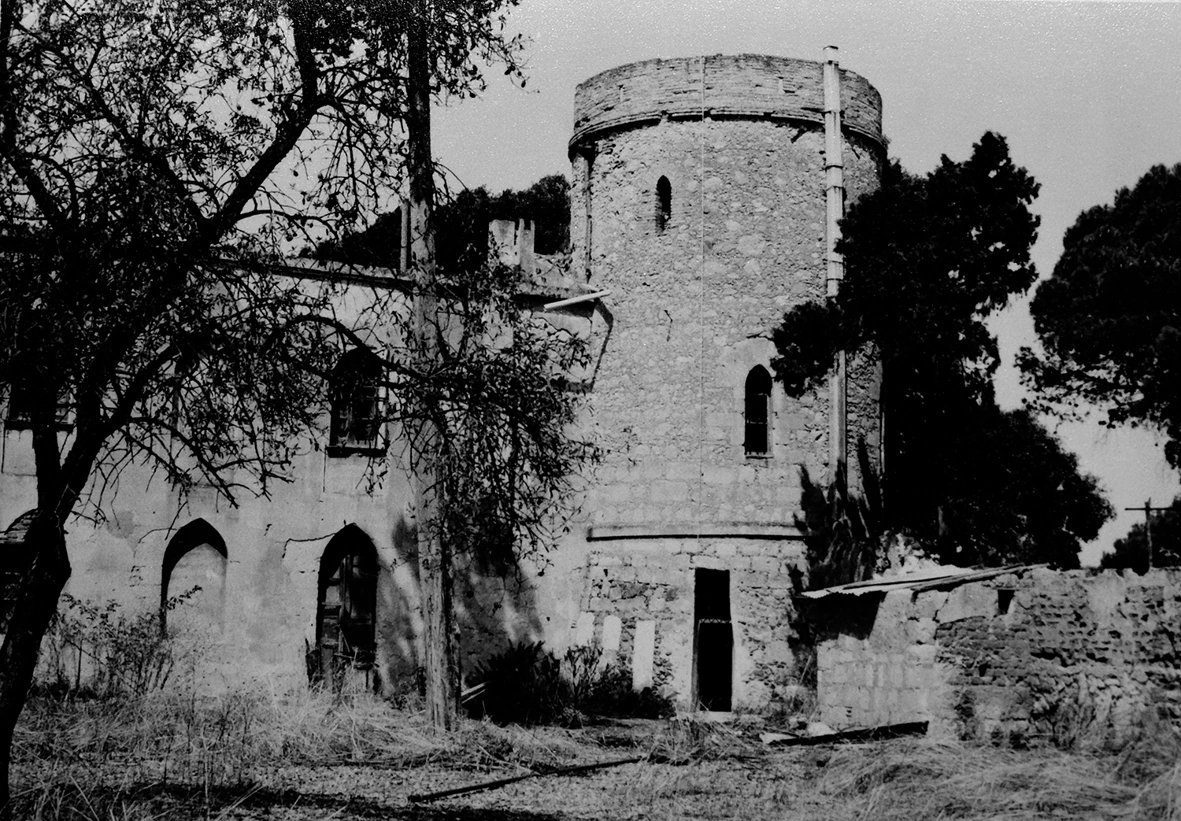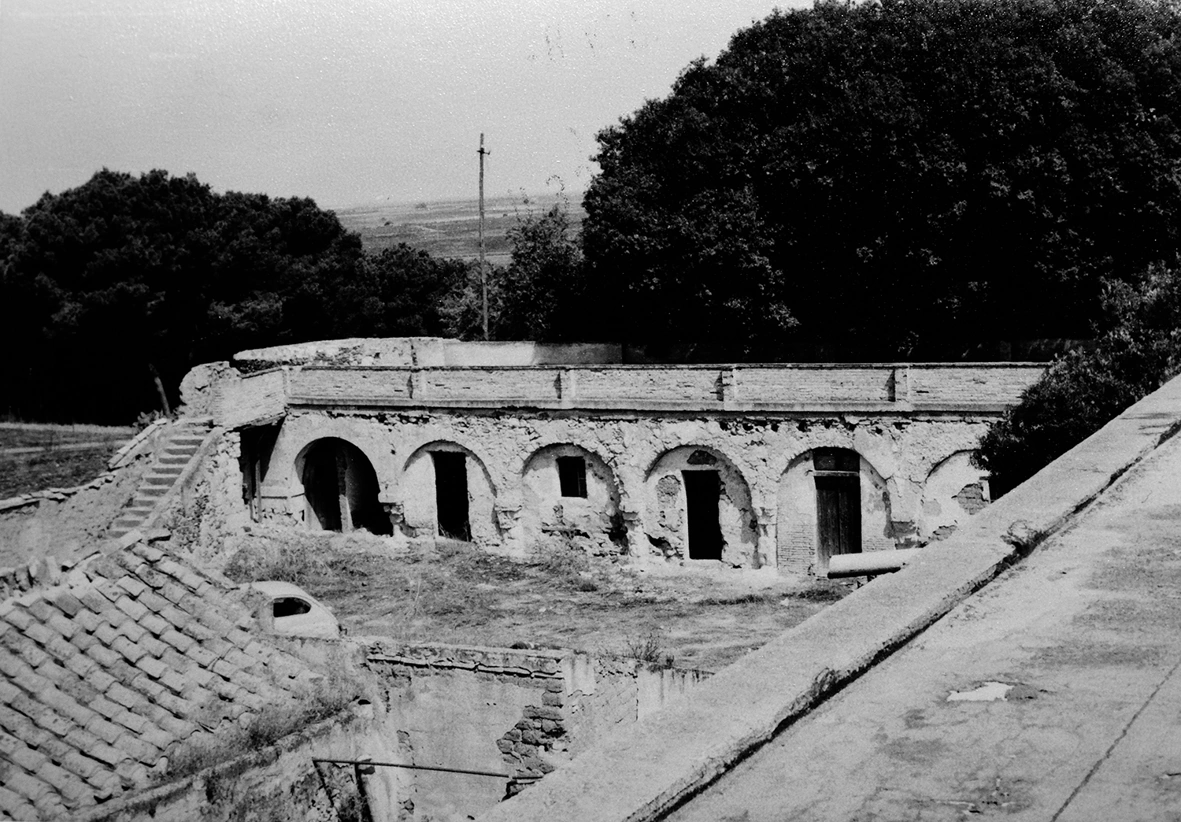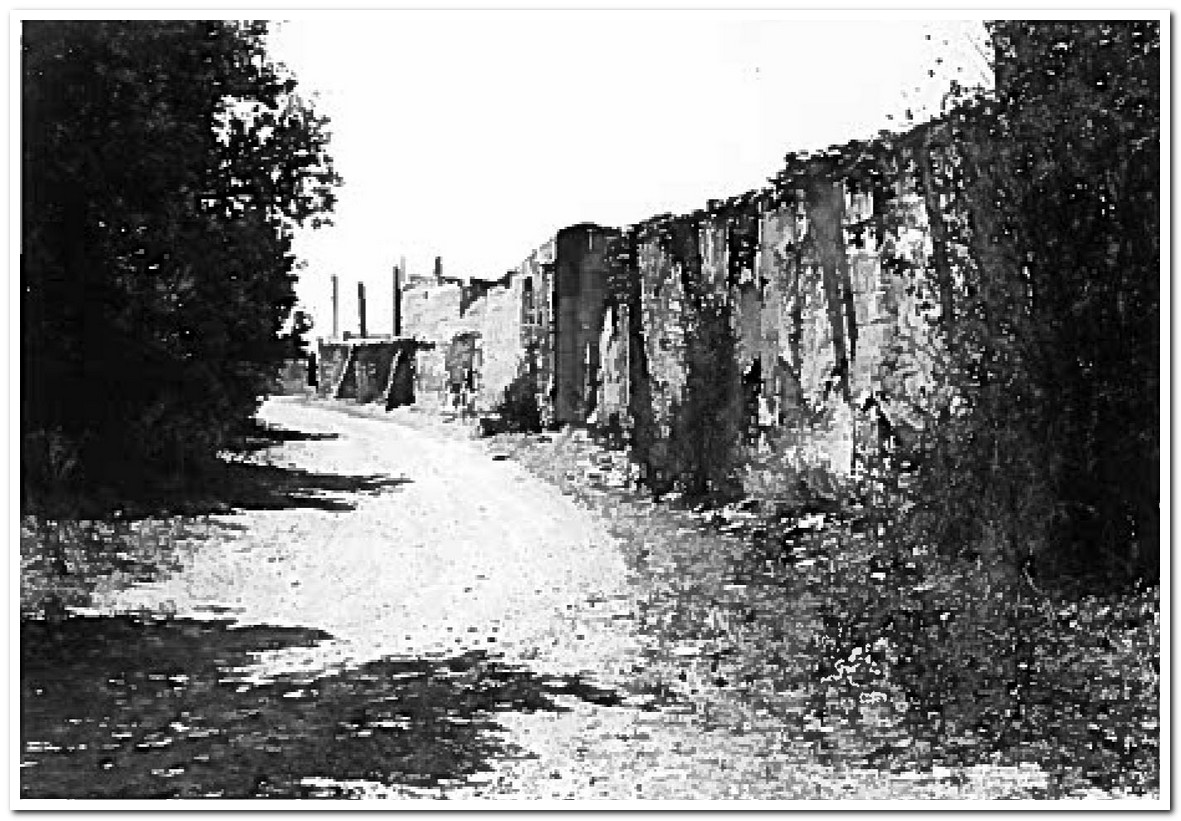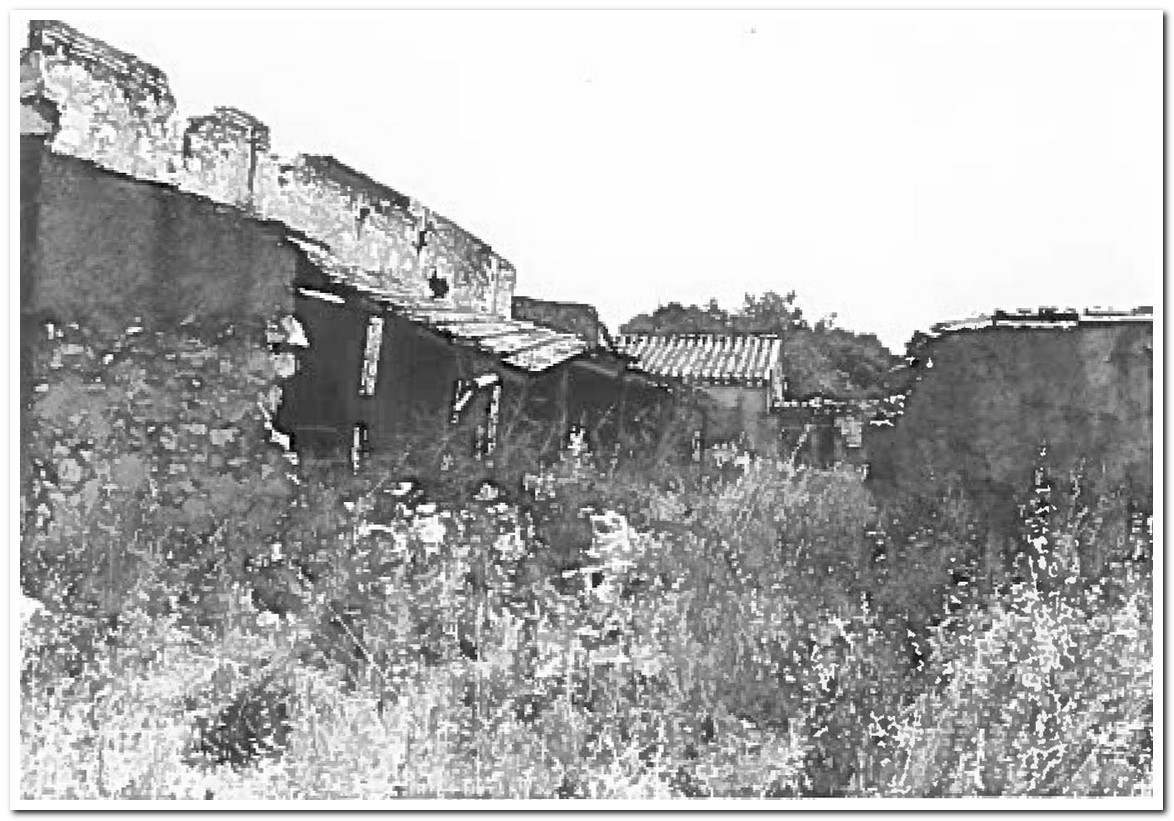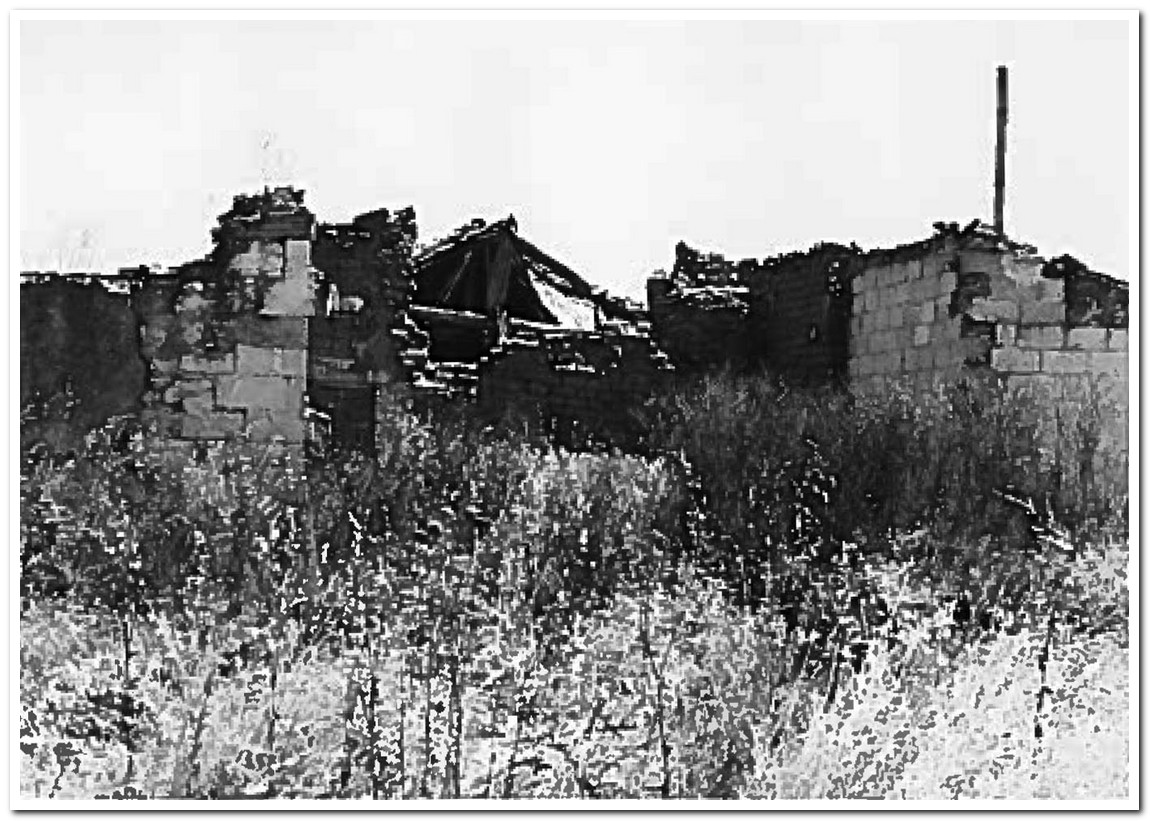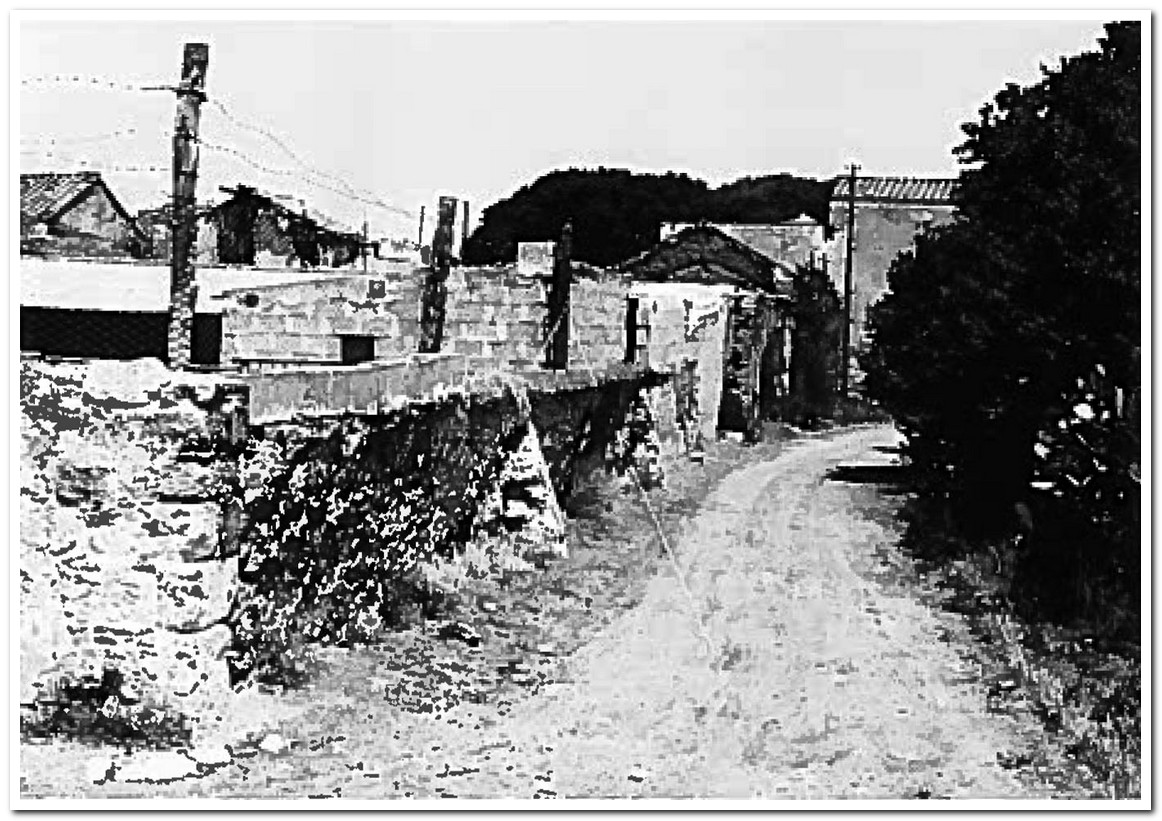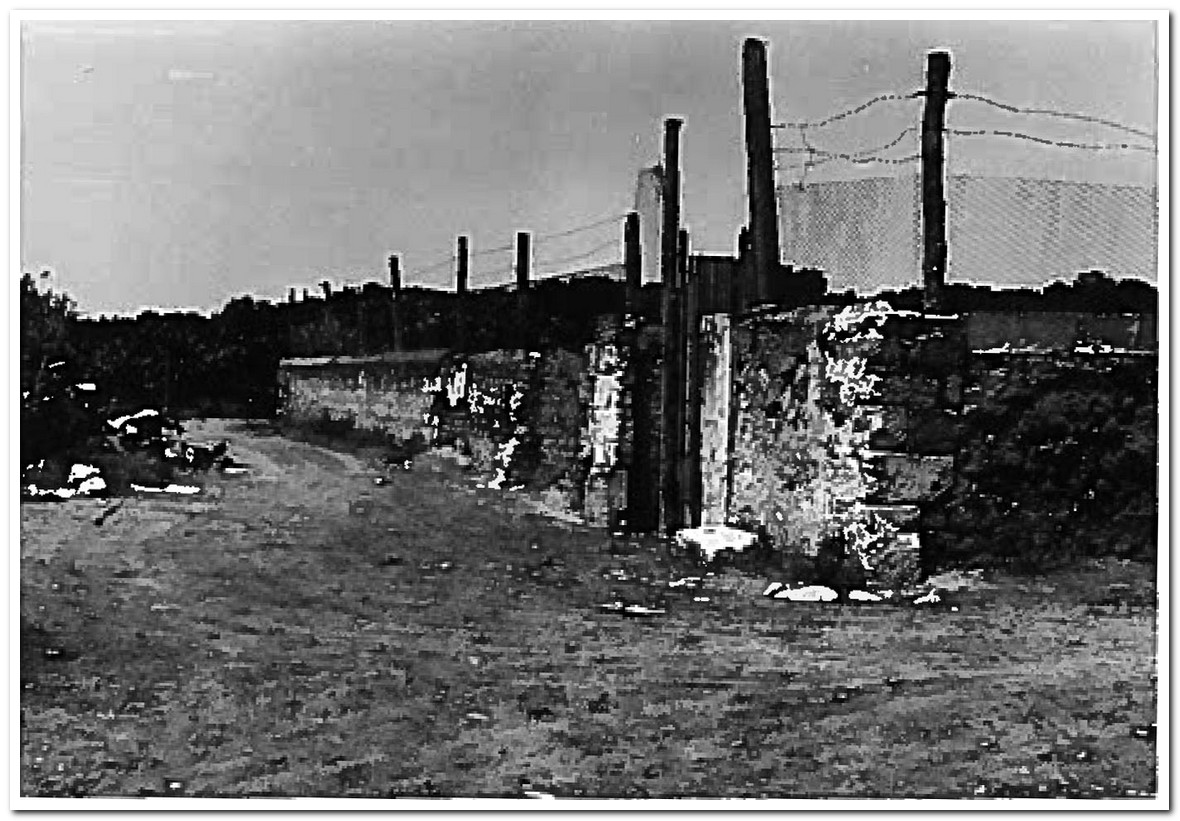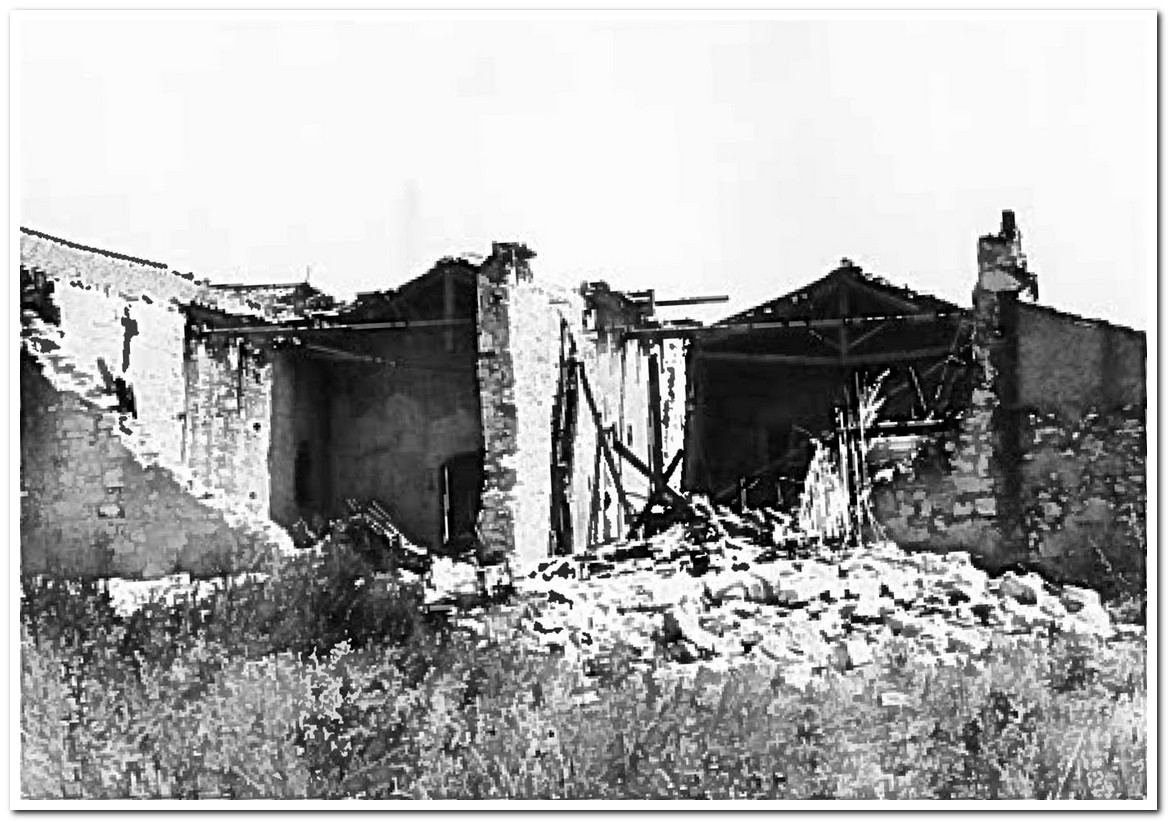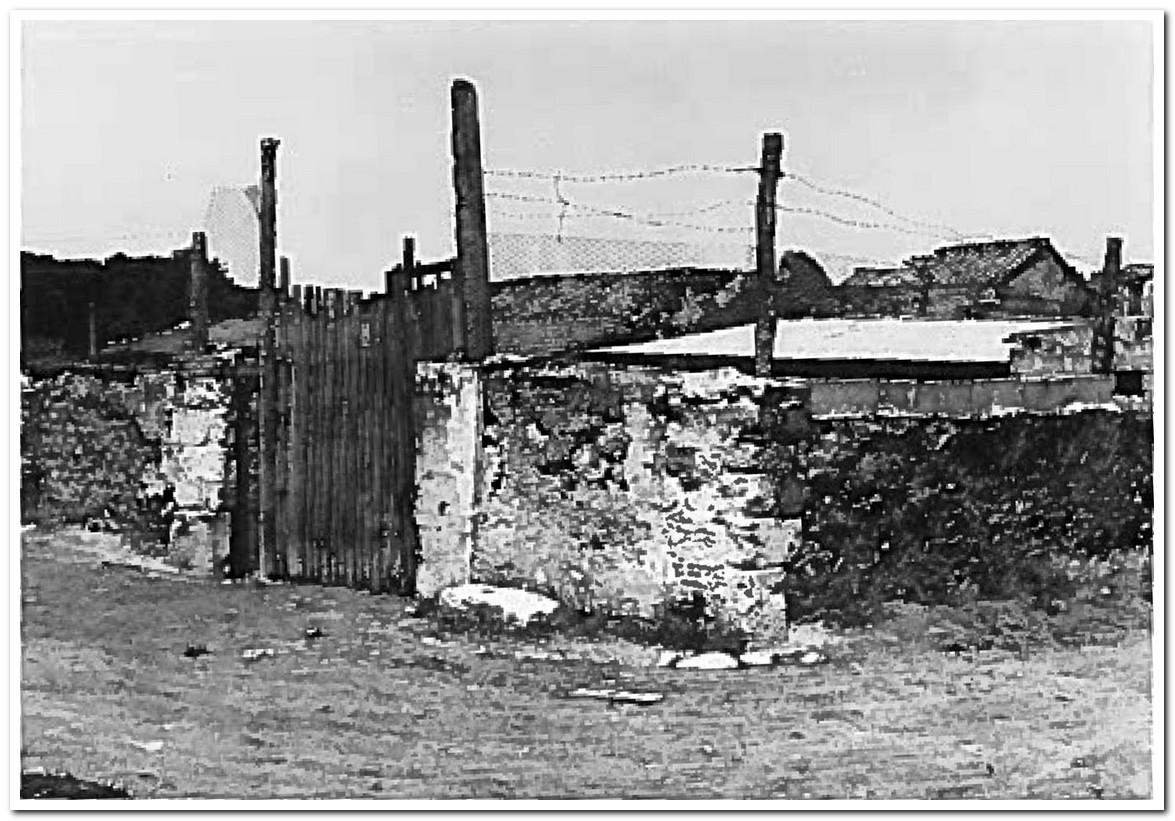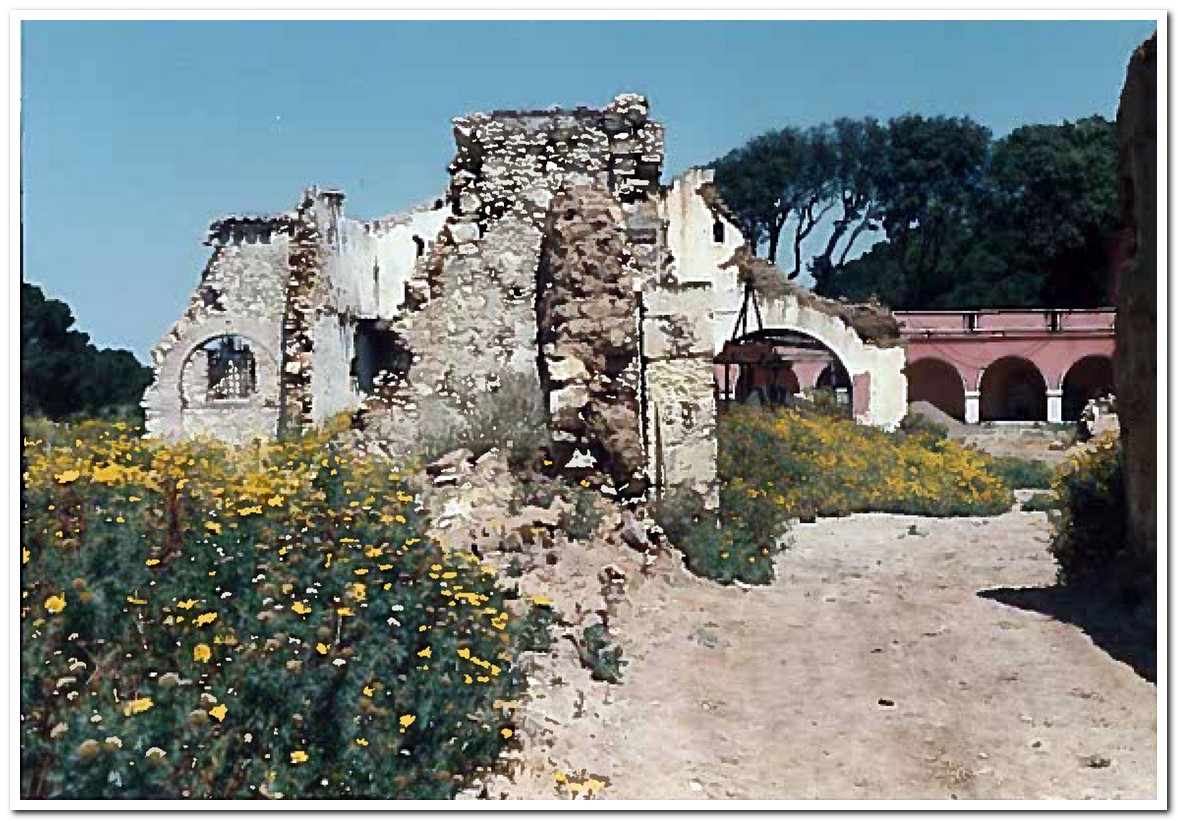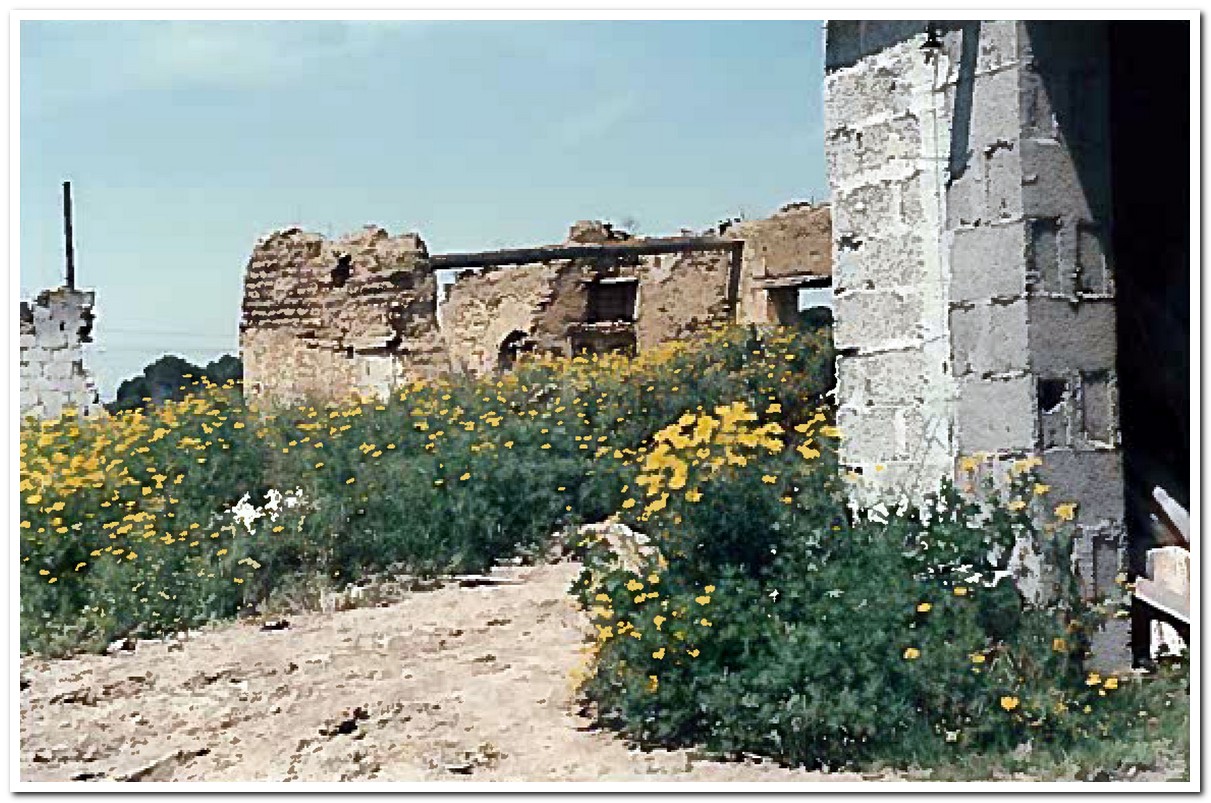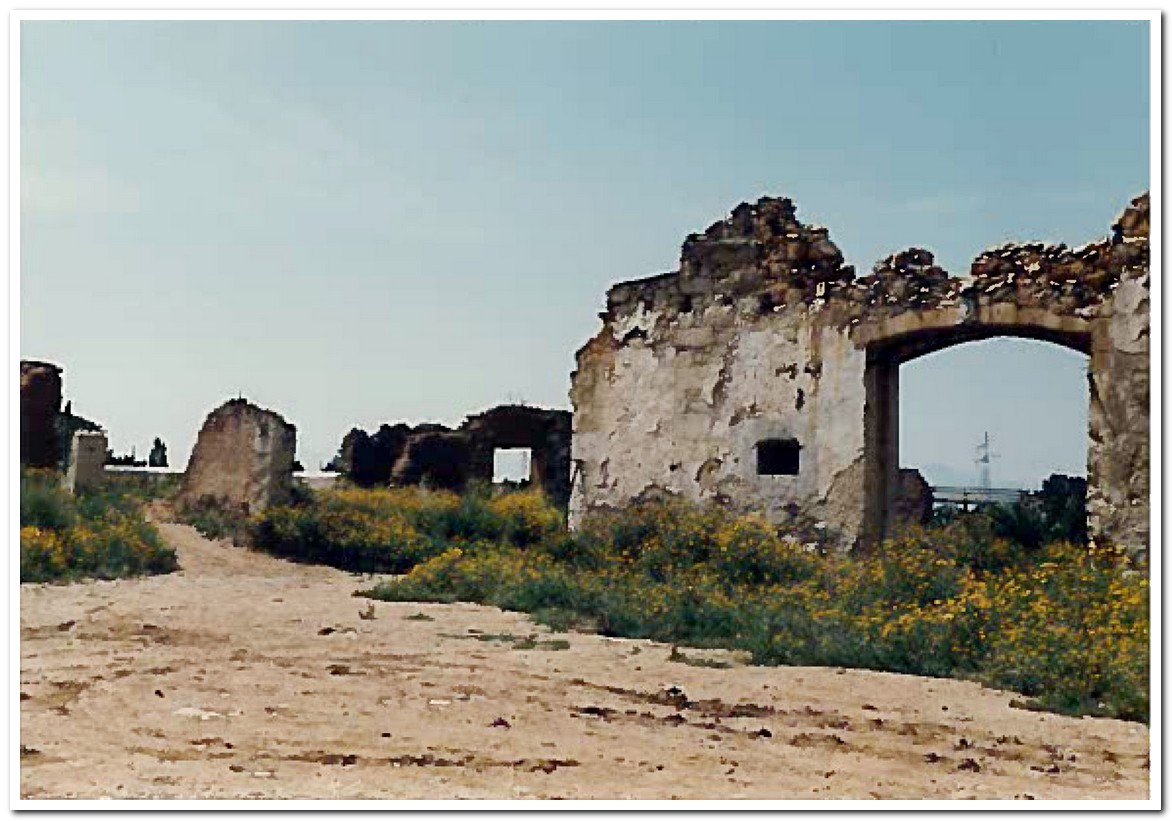The Asquer Family
The Asquer Family, after whom the estate is named, arrived in Sardinia from Liguria at the end of the 16th century with the forefather, Giovanni Battista Aschieri (or Aschiero), born in Alassio. Giovanni Battista made his fortune as a merchant in Cagliari. The family was given honorary titles of knighthood and nobility in 1640 due to their wealth and entrepreneurial merits.
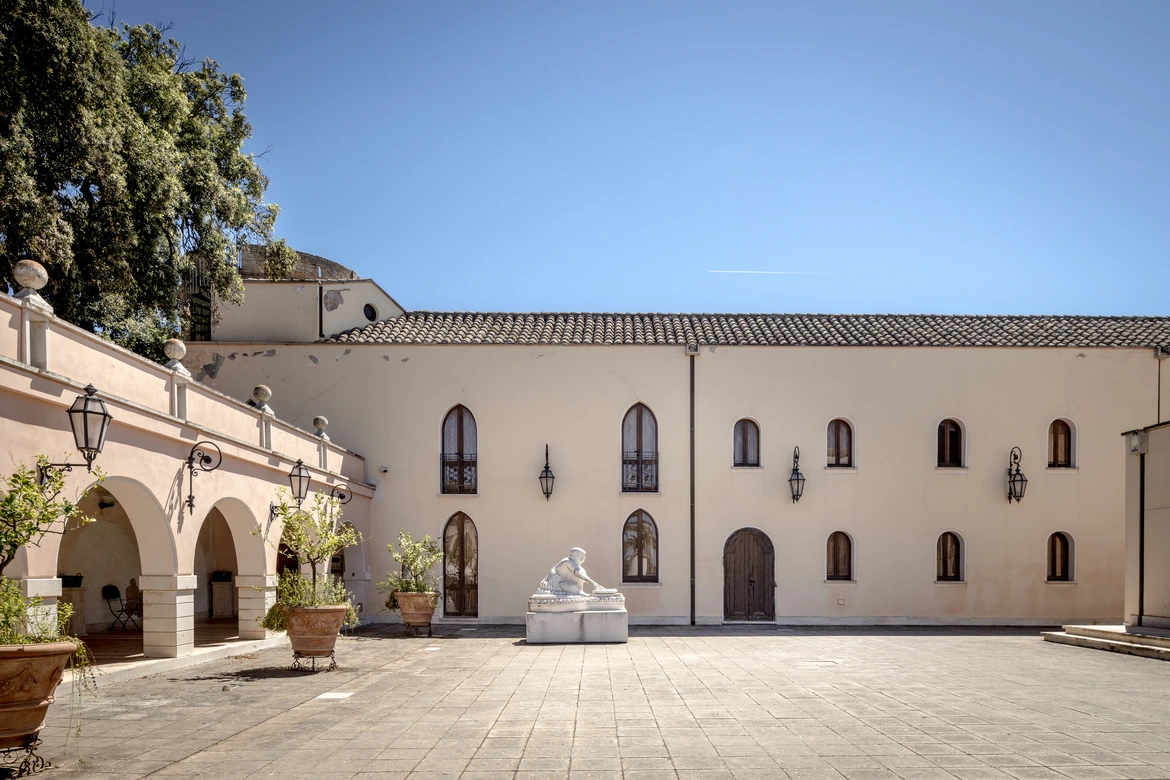
Don Gabriele Asquer “Su Bisconti”
Two centuries later, the process that would result in the creation of the Asquer estate was put in motion. In 1804, the then Viceroy Charles Felix of Savoy (he would be crowned king in 1821) founded the Royal Agriculture and Economic Society to promote agriculture. It rewarded shepherds and farmers who built farmsteads in the countryside, far from Cagliari, and in 1806, it allowed anyone who planted olive groves and established agricultural farms to enclose the land.
The following year, Don Gabriele Asquer was granted a concession for the marshy area of Piscina Matzeu, which became known as ‘Su bisconti’ (the viscount, from the family’s noble title).
And so, with an olive grove and a farmhouse, a major land clearing and agricultural reform got under way. From 1868, Francesco Asquer, Don Gabriele’s grandson, took over the management of the estate and invested the considerable compensation received after the abolition of the feudalism.
After Don Gabriele, however, the area was abandoned and the buildings fell into ruins. In this state of neglect, however, the land was left to grow unimpeded and retain its parts: the olive groves, pine forest, clearings and Mediterranean scrub. Given its landscape and environmental value, it is safeguarded by regional landscape protection, as outlined in the 1990 Decree of the Official Bulletin of the Autonomous Region of Sardinia.
The estate in an orthophoto from 1968
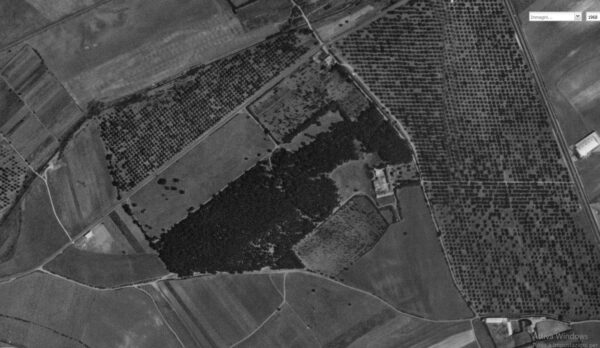
The estate in an orthophoto from 2013
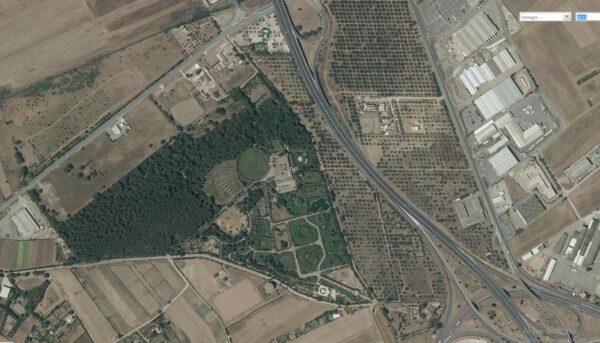
The pine forest is now visible from the provincial road leading from Elmas to Sestu and from the main road – the S.S. 131 – at the junction to Sestu. It is still called Su Bisconti. Until the 1970s, it was a popular destination for weekend outings and excursions in the Spring for anyone living in the surrounding towns (Monserrato, Pirri, Sestu). At other times of the year, people would visit the pine forest to seek a healing environment and take advantage of the therapeutic properties of pine resin.
“Over the years when Francesco Morelli oversaw its planing and building, the site became a place whose ultimate goal is to create harmony, generating positive feelings and lifting spirits.”
“Over the years, the priority was always to create a place of beauty rather than following the principles of speculation or economy. ”
“Choosing to incorporate nature into the project made time and continuous care non-negotiable elements.”


